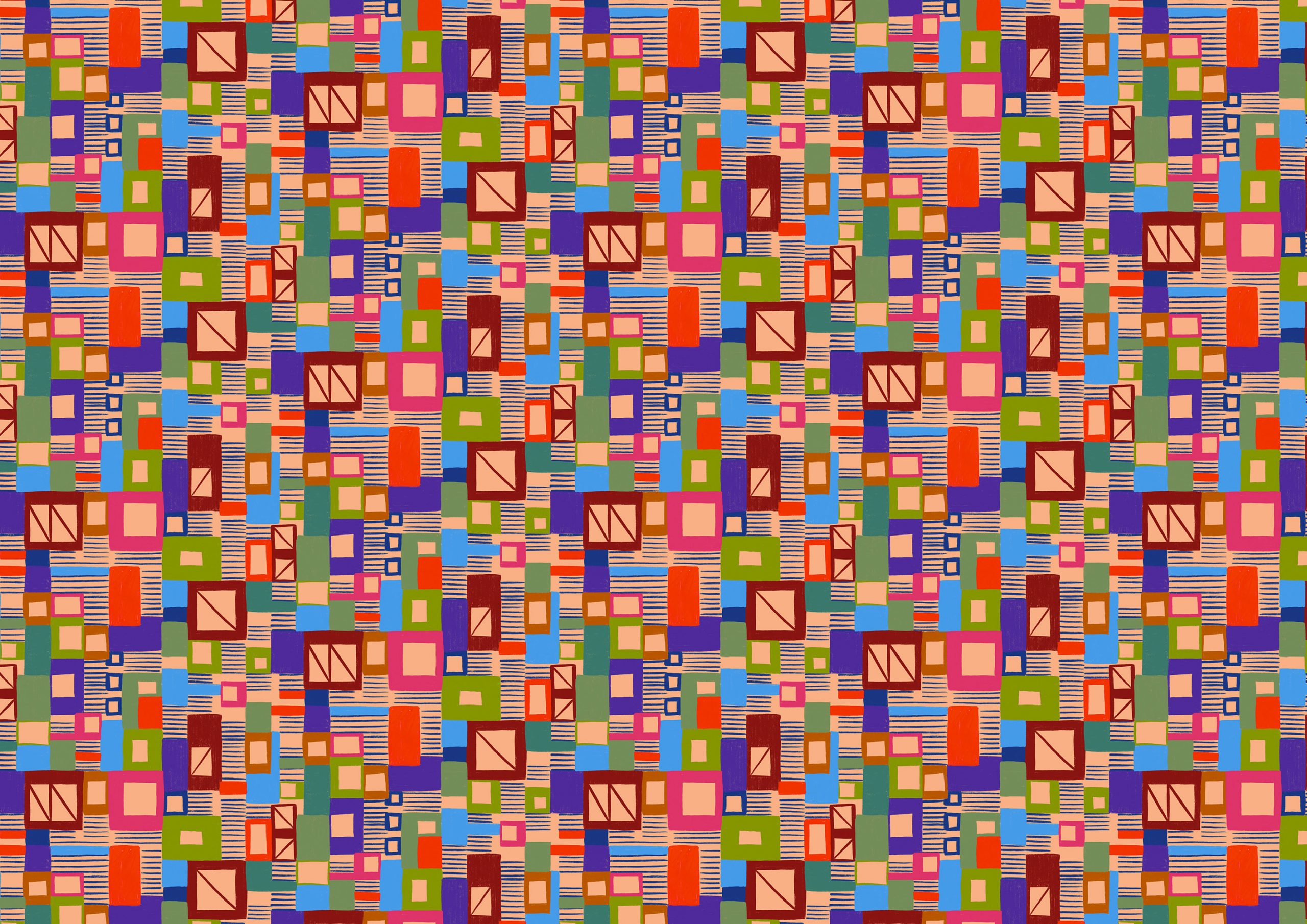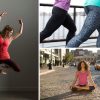Cinthia James is an award winning author, illustrator, and designer working in Berlin, Germany. She will be our guest expert in the Textile Design Lab August 13th at 1pm EDT in conjunction with our mid year goals reset course. We are looking forward to learning more from Cinthia on moving the needle closer to fulfilling all of your big creative dreams.
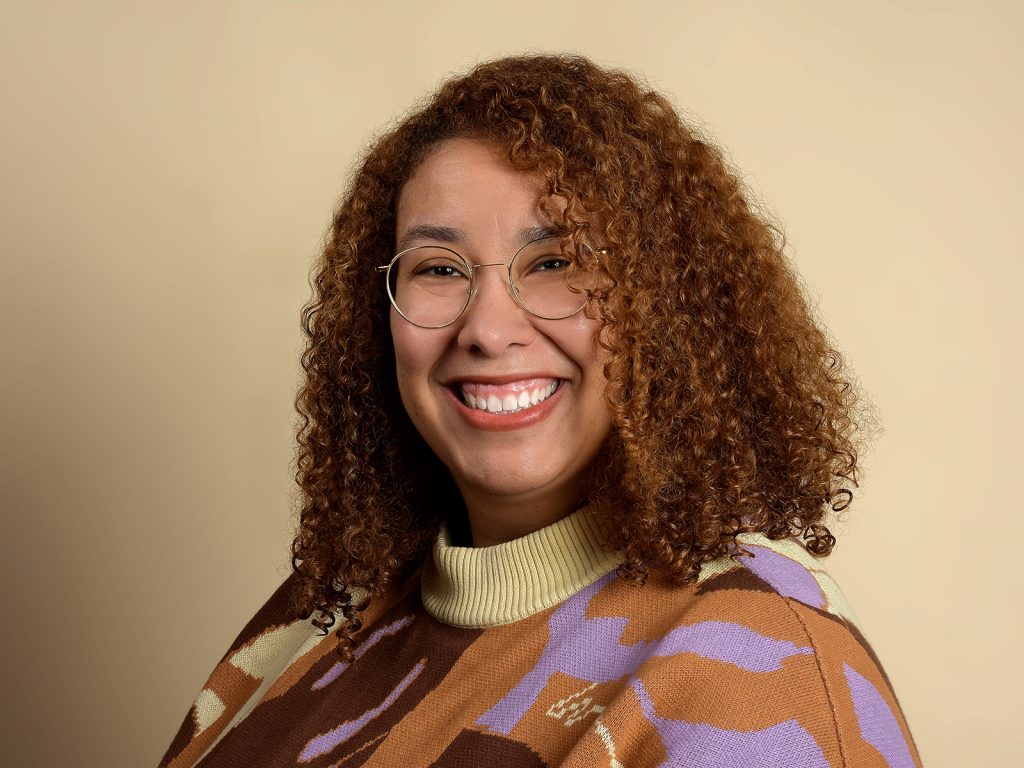
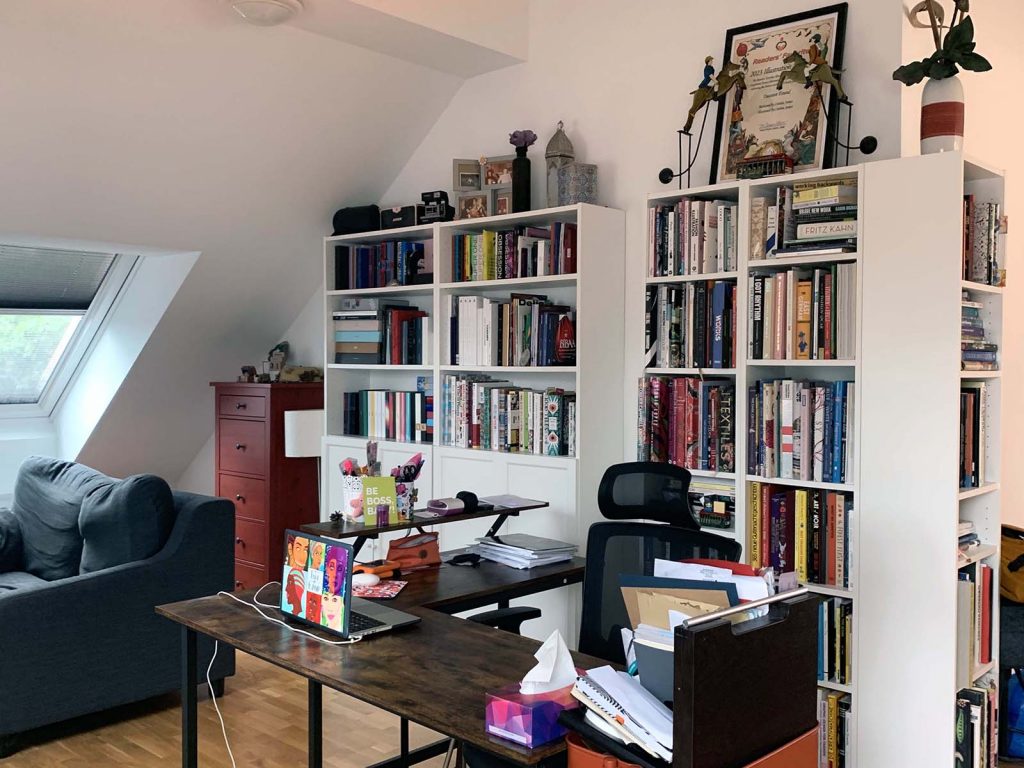
Congratulations on all the awards with your book! What was the process for publishing this book? How long did it take and what inspired you to write it?
Thank you so much! My inspiration to write Treasure Found: An Art Journey grew out of my own need for a guide to establish a regular art practice, find my style, and improve my work. After graduating with a degree in graphic design, I missed the structured approach I was accustomed to in my academic studies. I felt lost and it took over two years to pick up a pencil and draw again. My work lacked consistency, with a sketch here and a pattern there, so I sought guidance to find it. Through a combination of analog and digital courses, challenges, and books, I reached a point where I decided to write the guide I had been searching for.
The actual writing and illustration process took me a little more than two years. It took at least a year just to develop the overall concept. I needed to figure out how to convey what I had learned about re-establishing a regular art practice. This involved juggling research, drafting, revising content, and managing a full-time job.
Even before I finished the book, I reached out to various publishers in both English-speaking and German-speaking markets. Although there was some interest, nothing concrete materialized. Once I completed the book, I wondered what to do next. With a fully written and illustrated manuscript, I decided to self-publish through Amazon KDP and IngramSpark. Since then, Treasure Found: An Art Journey has gradually gained more visibility, interest, awards, and praise.
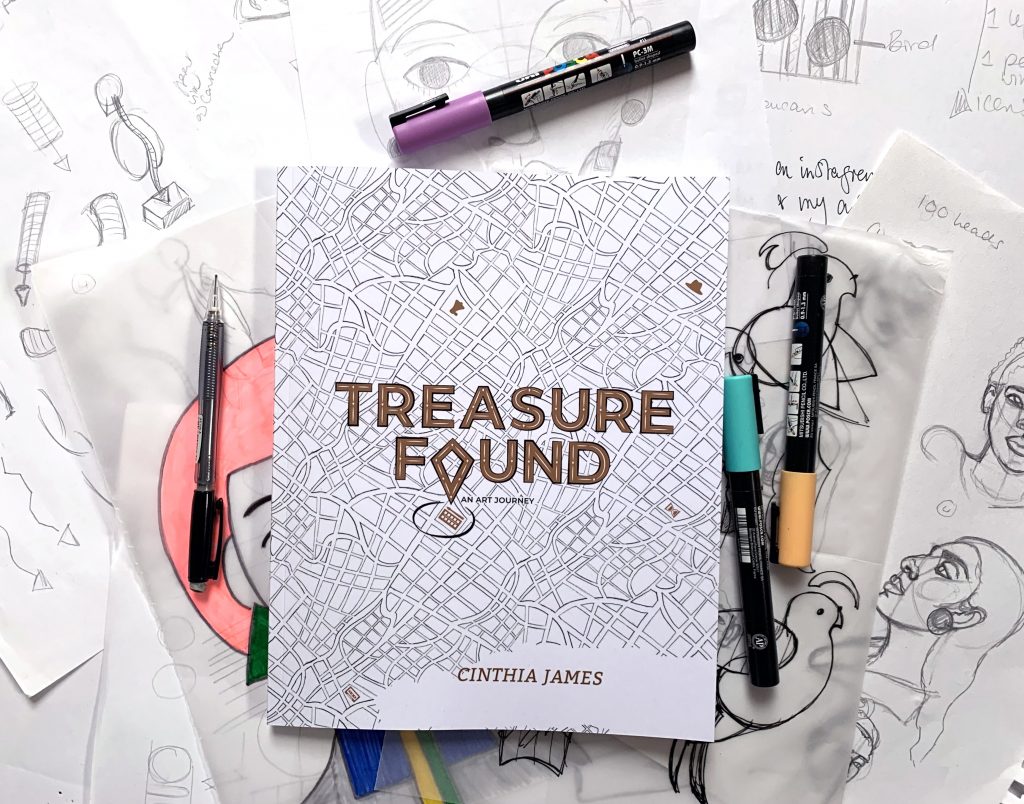
What is your method for getting over a creative block?
Not to sound biased, but my book Treasure Found: An Art Journey has been instrumental in overcoming creative blocks. Having a regular art practice, engaging in activities, and visiting museums have all been crucial in helping me through these periods. Over time, I have come to view creative blocks not as obstacles, but as necessary rests for my brain and hands.
When I notice that I’m not fully engaged and there’s no immediate need to produce work, I allow myself to rest. This downtime is essential, and I find that I naturally return to my creative rhythm when ready. However, there are times when I need to produce work despite feeling blocked. In these instances, I follow my established process or engage in activities to stimulate my creativity.
So, my first step is always to show myself grace, acknowledging that my brain might need a break and fresh inspiration. Then, I go through my creative process.
I loved the part of your book discussing inspiration, can you please explain to our readers how you define inspiration vs. influence? What is inspiring you lately?
Inspiration is the immediate spark or idea that drives you to create something specific. It’s often tied to an emotional response or a particular moment. For instance, you might see an intriguing painting at a museum or be moved by the setting of a movie shot in a beautiful garden.
Influence, on the other hand, leaves a lasting mark on your style and overall approach to art and creativity. It’s the cumulative effect of the artists you admire, the cultural elements you were exposed to, and the personal experiences that shape your work over time. For example, my work is influenced by Gustav Klimt and the Wiener Werkstätte, which is evident in my use of patterns—a love for which originated from my Oma’s home decor.
Lately, my continuous source of inspiration has been K-pop, especially their music videos, which draw heavily from fashion, art, and current trends, keeping me engaged. Recently, I have also been drawn back to drawing with colored pencils and pastels, inspired by fashion art in these mediums. Although I haven’t yet picked up a pencil, the inspiration is brewing, and I feel it’s only a matter of time before it translates into new creations.
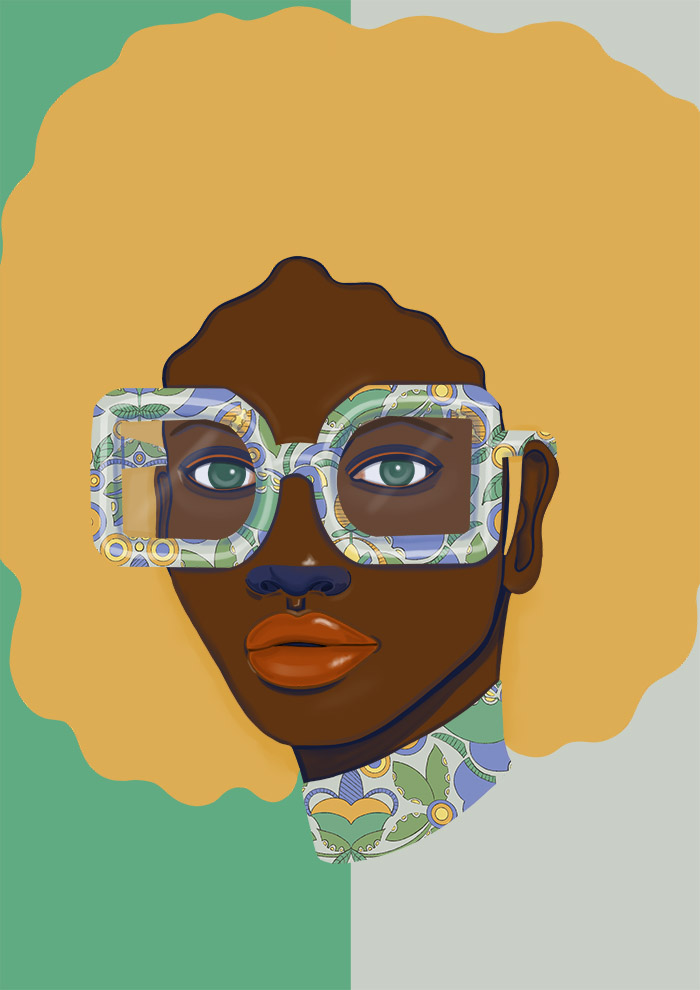
What was your “aha” moment of discovering your personal style of portrait art with custom patterns?
My “aha” moment came when I created a portrait with an original pattern called Burst. It was a breakthrough because it combined my love for patterns and portrait art. When I saw the final piece, I felt a profound sense of joy, realizing that this was the style I wanted to pursue. This piece not only made me smile but also confirmed that integrating custom patterns into my portraits was a unique way to express my artistic voice. When I shared it on social media, it was recognized and shared widely, which, in a way, was another confirmation. Although external validation wasn’t needed, it helped solidify my choice to pursue this route further.
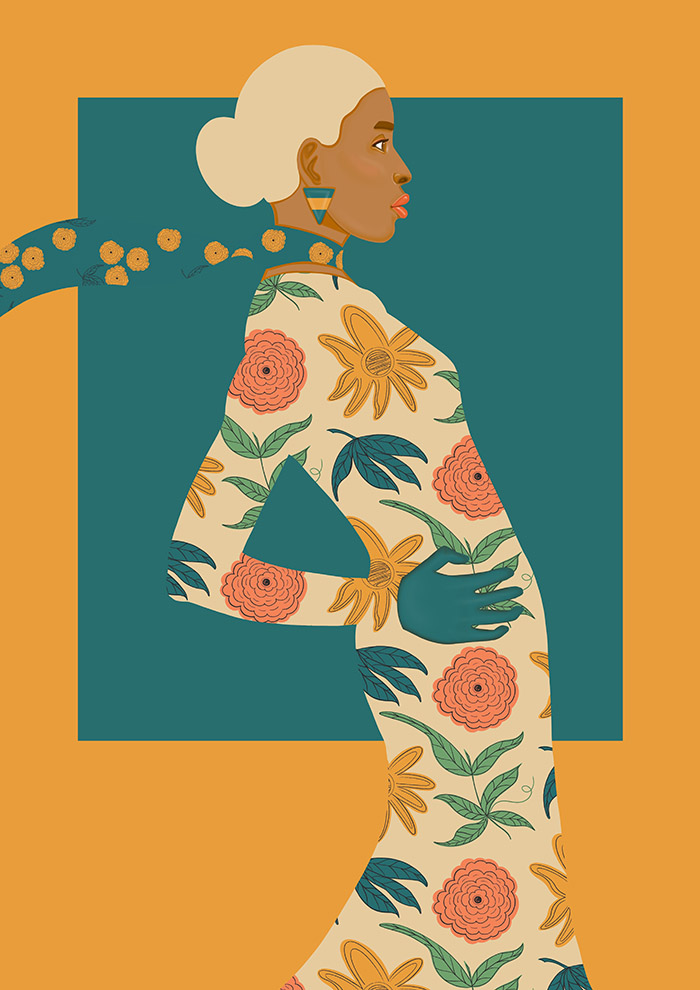
What have been the biggest challenges you have faced in your career and how have you overcome them?
In the beginning, it was overcoming imposter syndrome—comparing myself to others, procrastinating, etc. When I had the idea to write a book, I questioned myself: “Who am I to write about creative blocks and creating an art process?” But I realized that I, too, have a perspective that could help someone else—someone who needs a bit more structure in their creative process or even recognizes a need for one. Focusing on my work, especially in my style and working through a creative process, helped me become more confident and motivated to keep drawing and writing. Additionally, the awards my book has won have helped as well.
Last year, I decided to take some time away from my corporate career and fully focus on establishing myself in the creative industry. This has been my biggest challenge so far—marketing, figuring out which medium would work best for me, and finding my audience. Being patient and realizing it’s okay if I work full-time again has been crucial. I’ve done it before. Slowly and steadily, I am getting more eyes on my book and my work, connecting with different people and organizations, and planning to create courses. Where I am now is not where I was a year ago, and next year can look different too.
Do you have any words of advice for designers who are just starting out?
Yes, keep going! I would like to emphasize establishing a creative process early on—one that includes projects with final works of art as well as practice time to improve your skills, whatever they may be. Embrace that you will create work you don’t like, and lots of it. And that’s okay. For me, it’s important to practice portraiture and drawing hands. No matter how many times I’ve drawn portraits or hands, I still create pieces where it feels like I’ve never drawn a portrait before in my life. There are also times when I have amazing ideas, but the final piece looks nothing like what I envisioned or I simply don’t like it. Art keeps you humble. If drawing is your forte, I recommend trying the activity of redrawing your work. I emphasize this in Treasure Found: An Art Journey….. Again, keep going!
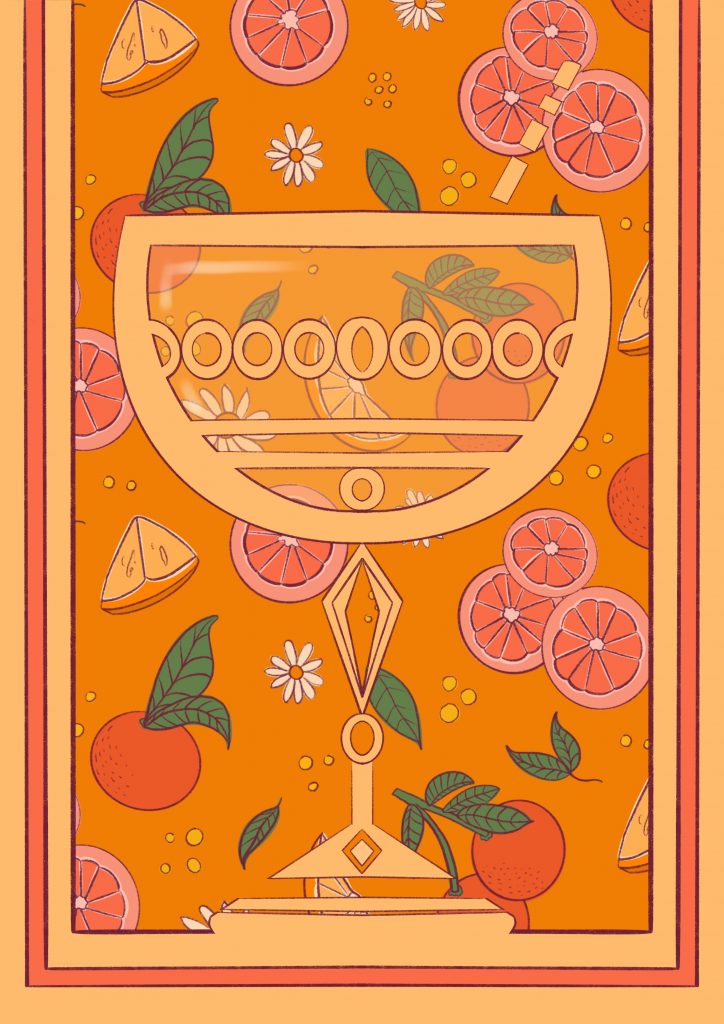

Can you give us a quick preview into the training you will be offering to our Textile Design Lab members? What can people expect to learn?
In the upcoming training for Textile Design Lab members, I will focus on three main topics from my book: developing a consistent practice, overcoming self-doubt, and personalizing your creative process. Here’s a quick preview:
1. Developing a Consistent Practice: We’ll explore the importance of regular practice and how to establish a routine that fits your lifestyle.
2. Overcoming Self-Doubt: We’ll discuss common challenges like imposter syndrome and procrastination. I’ll provide strategies to build confidence in your work and embrace your unique artistic voice.
3. Personalizing Your Creative Process: I’ll guide you on how you can start outlining and/or refining how you create your work. Let’s start with what you do regularly and add from there. We’ll cover some techniques for gathering inspiration and, by the end of the session, you’ll have a starting point to personalize your creative process.
Participants can expect a mix of theoretical and practical insights, with opportunities for questions and discussion. I’m excited to share my journey and help fellow artists develop their own paths to artistic success, whatever it means to them.
Find Cinthia’s portfolio on her website Here is a link to her Instagram and purchase her book here!
And to help you seamlessly blend fun with productivity, we’re excited to invite you to the Textile Design Lab’s August Reset event. From August 5th-30th, we’ll guide you through reflecting on your achievements, setting new goals, creating actionable plans, and staying motivated. Our supportive community is here to share insights, offer encouragement, and celebrate each step of the journey.

